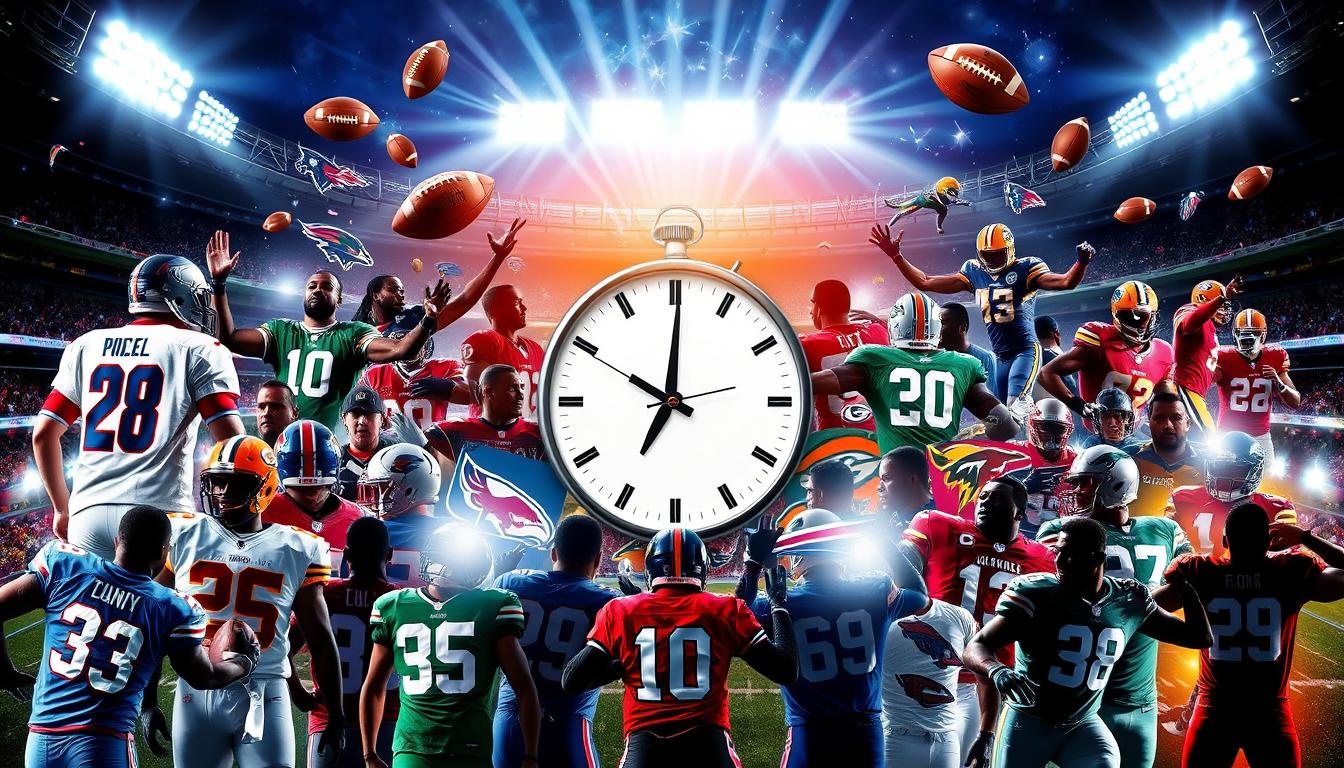A look at Technology driving sports innovation 2024 trends and more in a cut throat analysis of the industry.
The sports industry (as well as AI) is undergoing a radical transformation in 2024, driven by advancements in technology and the growing influence of live-streaming platforms. Fans now enjoy unprecedented access to sporting events, along with immersive experiences that redefine how they interact with their favorite teams and athletes. Let’s explore how technology and streaming services like ESPN+, PPV.com, DAZN, and even Netflix are revolutionizing sports.
1. Immersive Experiences with AR and VR
One of the most exciting developments in sports is the integration of augmented reality (AR) and virtual reality (VR). Through VR headsets, fans can virtually sit courtside at basketball games or enjoy a 360-degree view of a football match from the comfort of their homes. AR apps enhance this by overlaying real-time stats, player information, and interactive features while watching the game on TV or mobile devices.
For instance, VR platforms now enable fans to customize their viewing experience, whether it’s watching from a player’s perspective or getting instant replays in an interactive environment.
2. The Streaming Revolution: ESPN+, DAZN, PPV.com, and Netflix
The dominance of streaming services is undeniable in 2024. Traditional cable is being replaced by platforms offering more flexible and customized access to sports content.
- ESPN+ continues to be a leader in sports streaming, offering live coverage of various events, including UFC fights, college sports, and international soccer leagues. With tailored packages, subscribers can also enjoy exclusive documentaries and in-depth analyses of their favorite sports.
- DAZN has revolutionized how sports fans consume boxing and combat sports. The platform offers a subscription-based model with live events, eliminating the need for costly pay-per-view charges. DAZN also covers niche sports and leagues that are often unavailable on traditional networks, catering to a global audience.
- PPV.com has emerged as a key player in streaming major pay-per-view (PPV) events. Unlike subscription models, PPV.com provides viewers the ability to purchase specific live events—popular in boxing, MMA, and wrestling—without long-term commitments. It’s especially popular for fans who prefer to pay only for major, marquee matchups.
- Netflix, although better known for movies and series, has ventured into live sports streaming. By offering behind-the-scenes sports documentaries and interactive experiences, Netflix engages a different type of sports fan. Their upcoming plans to integrate live sports streaming show their ambition to tap into the live sports market and compete with traditional sports broadcasters.
These platforms provide flexibility and convenience that traditional television often lacks. Fans can now choose what to watch, when, and on virtually any device.
3. Data Analytics and Wearable Technology
Wearable technology and data analytics have become central to optimizing player performance and health. Advanced wearables like smart watches, GPS vests, and even biometric sensors track real-time stats during games, including heart rate, speed, and exertion levels. Coaches can now make informed decisions based on live data, improving game strategies and minimizing injury risks.
Wearables from companies like WHOOP and Catapult are now commonly used by professional teams, offering data-driven insights that revolutionize training regimens and in-game tactics. Fans, too, benefit from this by gaining access to detailed performance metrics, enhancing their understanding of the game.
4. AI-Enhanced Game Broadcasting
Artificial intelligence (AI) has a growing presence in sports broadcasting. AI-driven cameras and software can track game action automatically, generating personalized highlights for fans and offering advanced real-time insights. AI is also changing commentary, as smart systems can analyze and share tactical insights during a live broadcast, delivering richer content to viewers.
For broadcasters, AI helps improve production quality, offering instant replays from unique angles, enhanced slow-motion features, and predictive analytics that provide deeper insights into player performance and team dynamics.
5. Esports and Virtual Competitions
Esports has grown into a massive industry, with viewership rivaling traditional sports. Tournaments in games like FIFA and NBA 2K allow fans to engage with virtual versions of their favorite sports in real time. Traditional sports leagues like the NBA and NFL have embraced esports as a way to attract younger fans, launching virtual competitions alongside their real-world events.
Esports streaming platforms such as Twitch and YouTube Gaming have helped build massive communities, with major broadcasters now airing virtual competitions alongside live sports. This crossover between physical sports and esports is redefining competition in the digital age.
6. NFTs and Blockchain in Sports
Blockchain technology, particularly through Non-Fungible Tokens (NFTs), is reshaping how fans interact with sports memorabilia. NFTs allow fans to own exclusive digital content such as collectible highlights or virtual trading cards. Platforms like NBA Top Shot are already popular for trading digital moments from games, giving fans a new way to connect with their favorite sports.
Blockchain is also being used for secure ticketing and fan engagement, ensuring that transactions are safe and eliminating the risk of counterfeit tickets.
7. 5G and Smart Stadiums
With the rollout of 5G technology, the fan experience in stadiums has reached new heights. Smart stadiums equipped with 5G networks offer ultra-fast connectivity, allowing fans to stream live game stats, order concessions via mobile apps, and enjoy AR experiences in real-time. These high-speed connections also improve stadium operations, from crowd management to security.
The Internet of Things (IoT) plays a key role here, as sensors and smart devices work together to enhance both the operational efficiency of the venue and the enjoyment of the fans attending live.
Overall
Technology and streaming are transforming the sports industry, creating a future where fans have more control over how they consume and engage with their favorite games. With platforms like ESPN+, DAZN, PPV.com, and Netflix offering flexible, on-demand access, sports are more accessible than ever before. Innovations such as AI, AR, and VR are elevating the viewing experience, while data analytics and blockchain are revolutionizing player performance and fan engagement.
As these technologies continue to evolve, the sports world in 2024 and beyond promises to be more interactive, immersive, and tailored to the individual fan than ever before.










